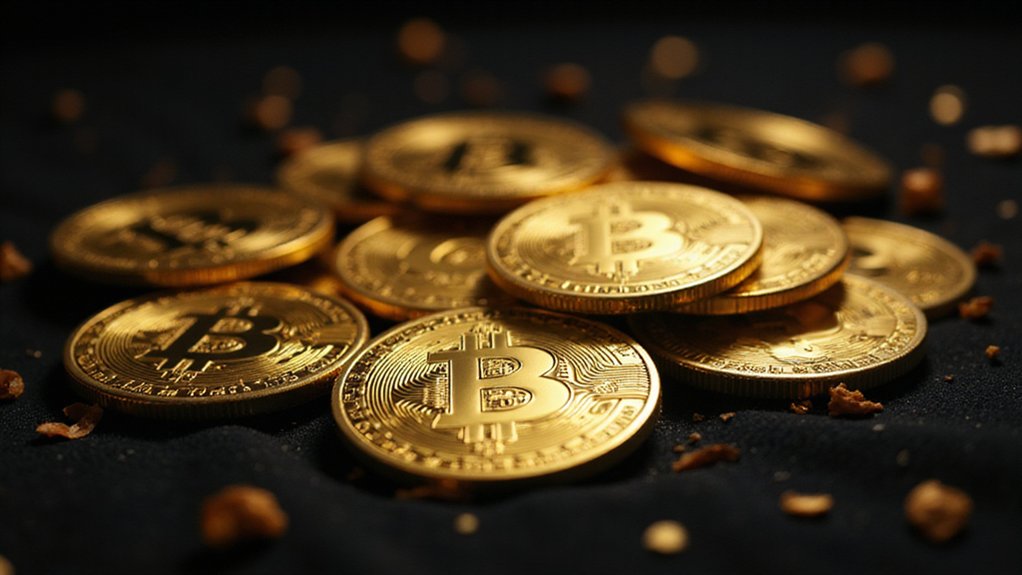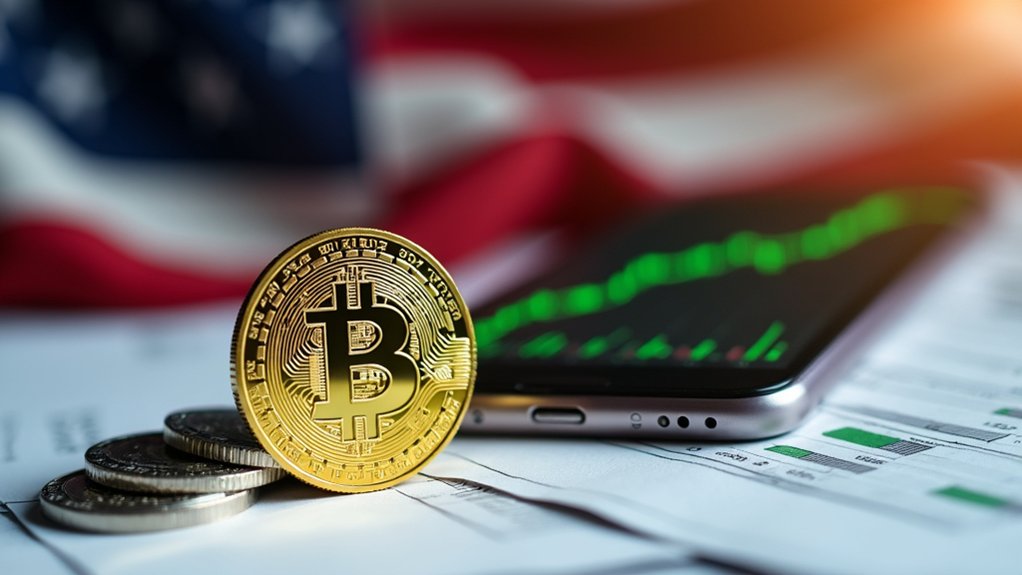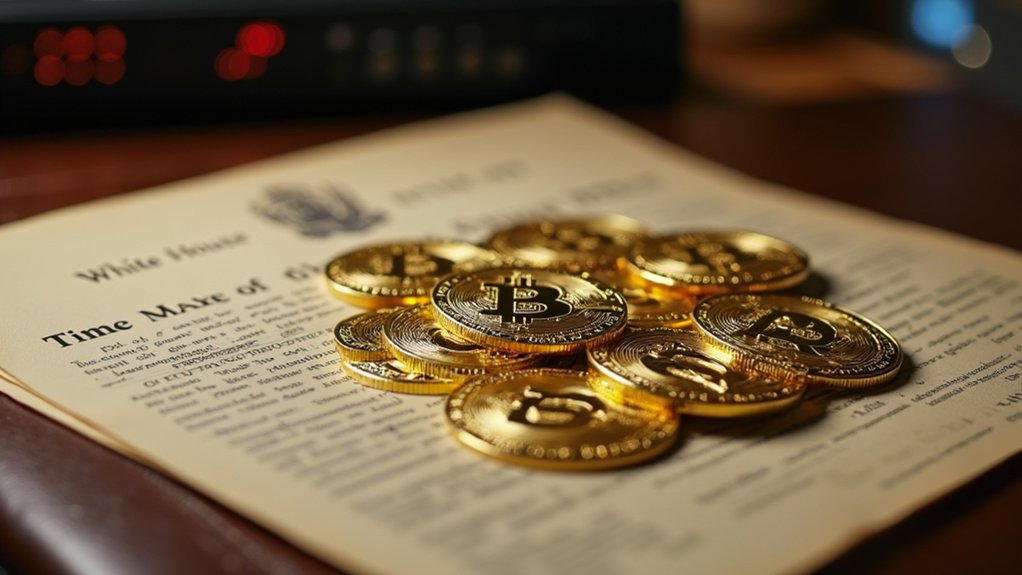The tokenization revolution has arrived in decentralized finance, carrying with it the promise of bridging two worlds that have historically existed in parallel—traditional assets and blockchain-based protocols. Real-world assets (RWAs) now function as digital twins of tangible holdings, transforming everything from Manhattan real estate to Treasury bills into blockchain-compatible tokens that can dance through DeFi protocols with surprising elegance.
This metamorphosis addresses DeFi’s most persistent challenge: the liquidity constraints that have long plagued a sector built primarily on synthetic assets and cryptocurrency volatility. By tokenizing physical assets—gold, government bonds, machinery, and commodities—protocols can suddenly tap into trillions of dollars worth of real-world value, creating fractional ownership opportunities that would make traditional finance blush with envy. The process eliminates traditional intermediaries through smart contracts, enabling 24/7 global trading of previously illiquid assets.
The numbers suggest genuine adoption rather than mere speculation. The RWA segment commands approximately $5 billion in total value locked as of December 2023, with MakerDAO leading the charge by backing its DAI stablecoin with various real-world collaterals. Chainlink’s oracle infrastructure provides the critical data feeds that keep these digital representations tethered to reality, while projects like Ondo Finance, Centrifuge, and RealT carve out specialized niches in this expanding ecosystem.
The $5 billion RWA ecosystem proves tokenization has moved beyond crypto speculation into genuine institutional adoption.
Yet this brave new world comes with decidedly old-world complications. KYC and AML compliance requirements—those bureaucratic relics that crypto enthusiasts once hoped to transcend—have returned with a vengeance. Regulatory frameworks vary wildly across jurisdictions, creating a patchwork of compliance obligations that would challenge even the most sophisticated legal teams. The irony is palpable: blockchain technology’s promise of frictionless transactions must now accommodate the very friction it sought to eliminate.
Technical challenges persist beyond regulatory hurdles. Smart contract vulnerabilities, oracle reliability, and custody solutions demand continuous attention, while the integration between on-chain and off-chain systems requires infrastructure that can seamlessly handle both digital tokens and their physical counterparts. Security remains paramount, as hacking attempts on asset-backed tokens carry consequences that extend far beyond the blockchain itself. Cross-chain connectivity solutions remain underdeveloped, creating additional complexity as RWA protocols attempt to achieve interoperability across different blockchain networks.
Despite these complexities, RWAs represent DeFi’s most pragmatic evolution—a recognition that revolutionary technology achieves its greatest impact when it enhances rather than replaces existing value systems. Industry projections indicate the asset tokenization market could reach $16 trillion by 2030, signaling unprecedented institutional and regulatory interest in this convergence of traditional and decentralized finance.








